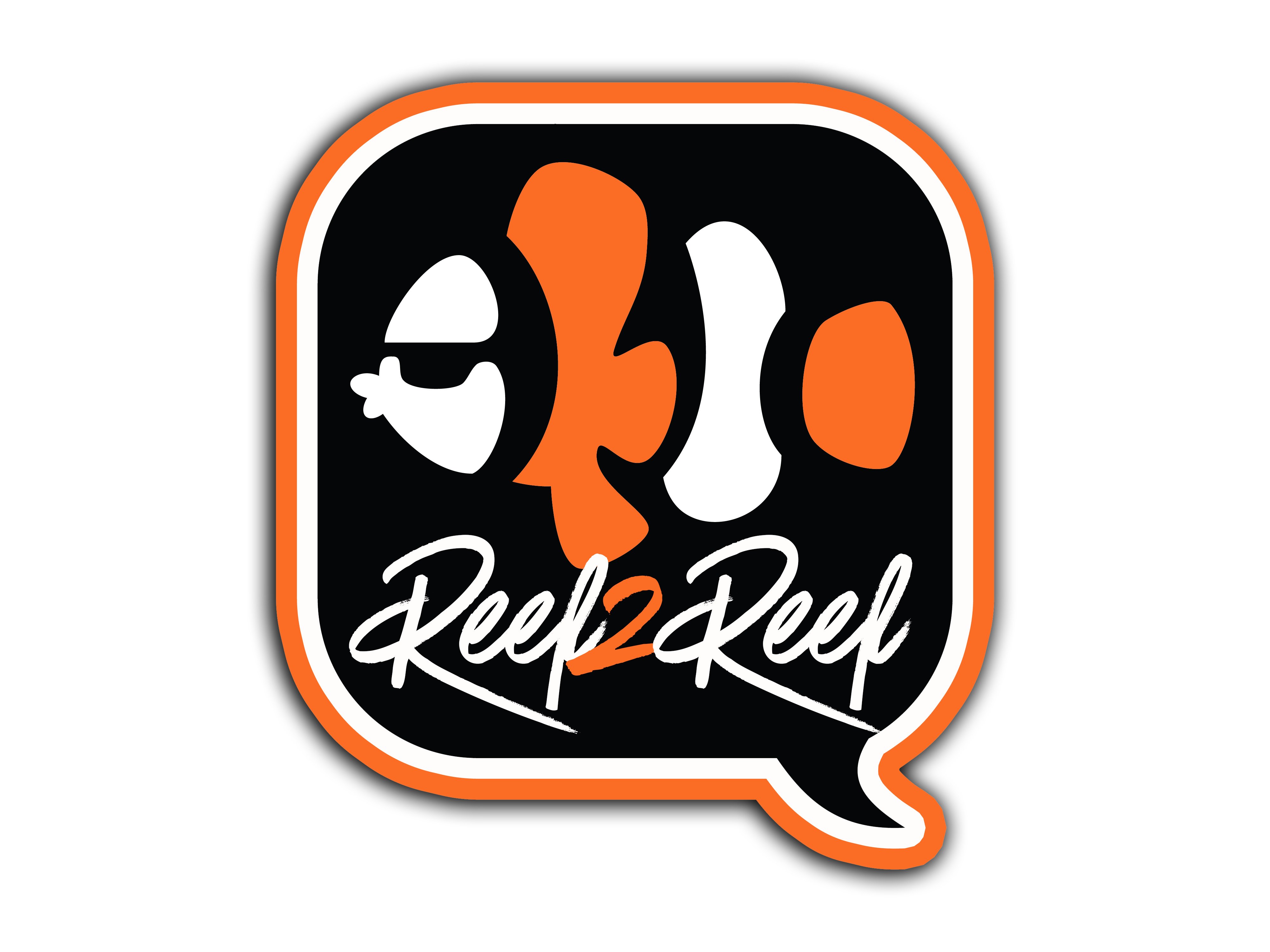- Joined
- Sep 21, 2018
- Messages
- 8,011
- Reaction score
- 8,420
Thank you for the reply. The reason why I asked is because I got something totally different out of it. Rather than fixating the ratio I saw him looking at what data he had available and correlate it to troubles they encountered at the aquarium. Then reaching out to peers or other curators to assess their data and troubles, if any, and do that assessment. Expanded upon that with research teams and other data. Cause and correlation. At the end he raised the caveats.
Maybe I read more into the reply than I should have. Apologies.
Diversity in our perspectives, that’s all. It makes us human AI’s so interesting

















